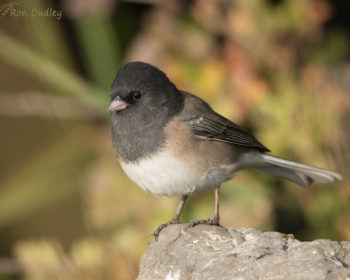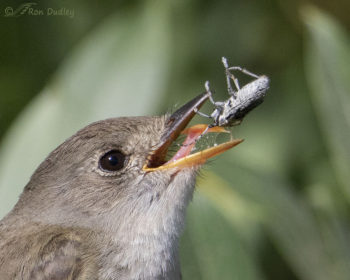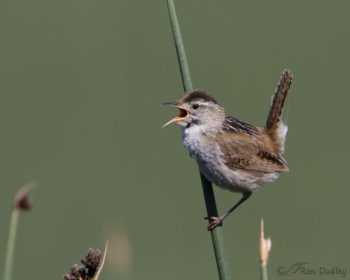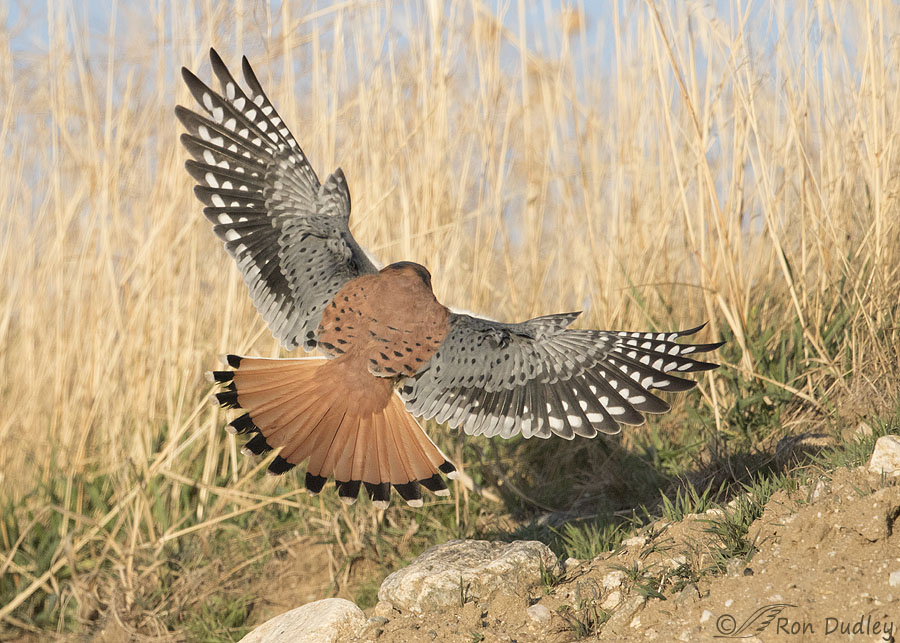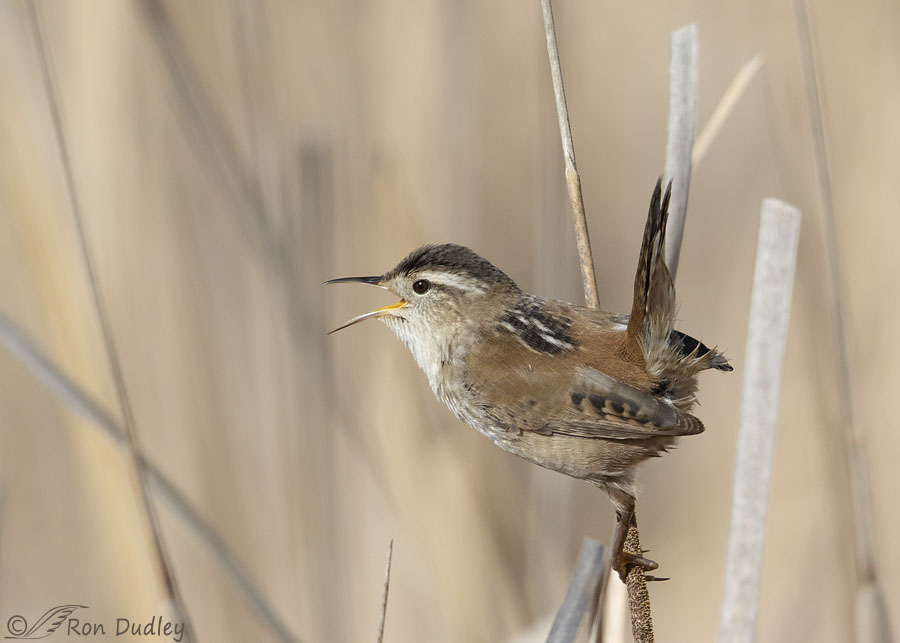Tag: john james audubon
Willow Flycatcher – Now That’s A Pretty Neat Trick
Marsh Wren Singing His Little Heart Out
American Kestrel, White Gyrfalcon And The Legacy Of John James Audubon
Singing Marsh Wren
A Mother’s Day Tribute To Two Women Who Saved Many Of Our Birds
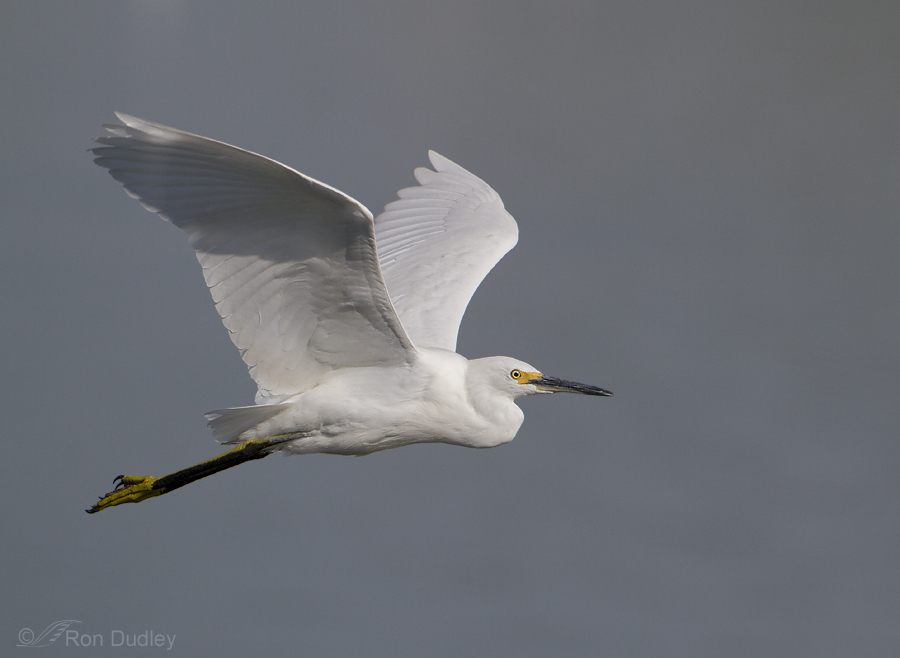
Snowy Egrets are spectacularly beautiful birds that we came very near to losing. In the early 1800s birds in North America were so numerous that John James Audubon insisted that no act of man could ever wipe a species out, including the Snowy Egret – yet by 1913 the Snowy Egret was flirting with extinction. The cause? – lady’s hats.
Harlan’s Hawk On A Coot Kill (graphic)
On January 18 I photographed this Harlan’s Hawk at Farmington Bay WMA. Harlan’s is a relatively rare and very dark subspecies of the Red-tailed Hawk that breeds in Alaska and northern Canada but winters in the western U.S. and the Great Plains. I posted two other shots of this bird on January 20. 1/3200, f/7.1, ISO 400, 500 f/4, 1.4 tc, natural light, not baited, set up or called in On this day I only had a few moments with the hawk before it took off. 1/2500, f/8, ISO 500, 500 f/4, natural light, not baited, set up or called in Then, on January 22, we located the bird once again within just a few yards of where it had been four days earlier. This time it was at the bottom of a creek gully feeding on a freshly killed American Coot. The angle was steep and it’s not the most attractive setting but the behavior was interesting so I took lots of photos of this juvenile, if for no other reason than documentation of an unusual bird enjoying a meal. 1/2500, f/8, ISO 500, 500 f/4, natural light, not baited, set up or called in The bird was only nervous with our presence for a few moments, then resumed eating its meal with enthusiasm. Here it has a beak-full of feathers that it had a difficult time shaking off. 1/2000, f/7.1, ISO 500, 500 f/4, natural light, not baited, set up or called in I spent over 5 minutes with this…
Harlan’s Hawk
Harlan’s Hawk is today considered to be a sub-species of the Red-tailed Hawk but its classification has a colorful history as it has twice been considered a separate species and twice as a race of the Red-tailed Hawk. The controversy continues today as several “experts” lobby to have the Harlan’s reinstated as a distinct species. In 1831 John James Audubon originally named this bird Harlan’s Buzzard, after his good friend Dr. Richard Harlan of Philadelphia. 1/2000, f/7.1, ISO 400, 500 f/4, 1.4 tc, natural light, not baited, set up or called in Harlan’s Hawks are quite similar to western Red-tailed Hawks but typically they are “colder/blacker” in overall color, with the tendency toward dusky-white tails in the ventral view. At rest, wing tips are obviously shorter than tail tips (easily seen here) and their breasts are variably streaked with white. 1/2000, f/7.1, ISO 400, 500 f/4, 1.4 tc, natural light, not baited, set up or called in In this view you can make out another identifying feature – the barring to the tips of the wing primaries (most easily seen here in the left wing). Harlan’s Hawks are found in Alaska and northern Canada but winter in the western United States and the Great Plains. I’ve had very few (if any) photo opportunities with them but found this juvenile (light eye) two days ago at Farmington Bay. I’m always delighted to photograph a “new” bird, particularly when it’s a raptor. Ron
Western Meadowlark Potpourri
On my last post which featured closeups of mating Lark Sparrows, long-time follower of my blog Tana Hunter asked “How about getting this close to some meadowlarks?” Her request reminded me that I’ve posted very few images of Western Meadowlarks in the 19 months I’ve been blogging so I did a little digging and these images are what I came up with. It’s another relatively long post but with this weather and its attendant crappy light I can’t be out shooting birds so I might as well be playing around with their images to take some of the sting out of my cabin fever… Here are a few interesting factual tidbits about Western Meadowlarks to hopefully get you in the mood: Although early explorers (including Lewis and Clark) were aware of the existence of the Western Meadowlark, it was subsequently ignored by most naturalists of the day so when John James Audubon gave the bird its Latin name, he chose Sturnella neglecta (the species name in recognition of that lack of attention) The Western Meadowlark is not a lark (though it is a gifted songster); instead it is most closely related to the blackbirds When probing into soil for food, these birds force their long bills into the ground and then the mandibles are spread apart, opening and loosening the soil to make food more obtainable They are particularly fond of sprouting grain in farmers fields. They bore into the soil with the long bill, grasp the soft germinating seed and then crush it to obtain the milk and usually discard…
Willow Flycatcher – Now That’s A Pretty Neat Trick
Marsh Wren Singing His Little Heart Out
American Kestrel, White Gyrfalcon And The Legacy Of John James Audubon
Singing Marsh Wren
A Mother’s Day Tribute To Two Women Who Saved Many Of Our Birds

Snowy Egrets are spectacularly beautiful birds that we came very near to losing. In the early 1800s birds in North America were so numerous that John James Audubon insisted that no act of man could ever wipe a species out, including the Snowy Egret – yet by 1913 the Snowy Egret was flirting with extinction. The cause? – lady’s hats.
Harlan’s Hawk On A Coot Kill (graphic)
On January 18 I photographed this Harlan’s Hawk at Farmington Bay WMA. Harlan’s is a relatively rare and very dark subspecies of the Red-tailed Hawk that breeds in Alaska and northern Canada but winters in the western U.S. and the Great Plains. I posted two other shots of this bird on January 20. 1/3200, f/7.1, ISO 400, 500 f/4, 1.4 tc, natural light, not baited, set up or called in On this day I only had a few moments with the hawk before it took off. 1/2500, f/8, ISO 500, 500 f/4, natural light, not baited, set up or called in Then, on January 22, we located the bird once again within just a few yards of where it had been four days earlier. This time it was at the bottom of a creek gully feeding on a freshly killed American Coot. The angle was steep and it’s not the most attractive setting but the behavior was interesting so I took lots of photos of this juvenile, if for no other reason than documentation of an unusual bird enjoying a meal. 1/2500, f/8, ISO 500, 500 f/4, natural light, not baited, set up or called in The bird was only nervous with our presence for a few moments, then resumed eating its meal with enthusiasm. Here it has a beak-full of feathers that it had a difficult time shaking off. 1/2000, f/7.1, ISO 500, 500 f/4, natural light, not baited, set up or called in I spent over 5 minutes with this…
Harlan’s Hawk
Harlan’s Hawk is today considered to be a sub-species of the Red-tailed Hawk but its classification has a colorful history as it has twice been considered a separate species and twice as a race of the Red-tailed Hawk. The controversy continues today as several “experts” lobby to have the Harlan’s reinstated as a distinct species. In 1831 John James Audubon originally named this bird Harlan’s Buzzard, after his good friend Dr. Richard Harlan of Philadelphia. 1/2000, f/7.1, ISO 400, 500 f/4, 1.4 tc, natural light, not baited, set up or called in Harlan’s Hawks are quite similar to western Red-tailed Hawks but typically they are “colder/blacker” in overall color, with the tendency toward dusky-white tails in the ventral view. At rest, wing tips are obviously shorter than tail tips (easily seen here) and their breasts are variably streaked with white. 1/2000, f/7.1, ISO 400, 500 f/4, 1.4 tc, natural light, not baited, set up or called in In this view you can make out another identifying feature – the barring to the tips of the wing primaries (most easily seen here in the left wing). Harlan’s Hawks are found in Alaska and northern Canada but winter in the western United States and the Great Plains. I’ve had very few (if any) photo opportunities with them but found this juvenile (light eye) two days ago at Farmington Bay. I’m always delighted to photograph a “new” bird, particularly when it’s a raptor. Ron
Western Meadowlark Potpourri
On my last post which featured closeups of mating Lark Sparrows, long-time follower of my blog Tana Hunter asked “How about getting this close to some meadowlarks?” Her request reminded me that I’ve posted very few images of Western Meadowlarks in the 19 months I’ve been blogging so I did a little digging and these images are what I came up with. It’s another relatively long post but with this weather and its attendant crappy light I can’t be out shooting birds so I might as well be playing around with their images to take some of the sting out of my cabin fever… Here are a few interesting factual tidbits about Western Meadowlarks to hopefully get you in the mood: Although early explorers (including Lewis and Clark) were aware of the existence of the Western Meadowlark, it was subsequently ignored by most naturalists of the day so when John James Audubon gave the bird its Latin name, he chose Sturnella neglecta (the species name in recognition of that lack of attention) The Western Meadowlark is not a lark (though it is a gifted songster); instead it is most closely related to the blackbirds When probing into soil for food, these birds force their long bills into the ground and then the mandibles are spread apart, opening and loosening the soil to make food more obtainable They are particularly fond of sprouting grain in farmers fields. They bore into the soil with the long bill, grasp the soft germinating seed and then crush it to obtain the milk and usually discard…


